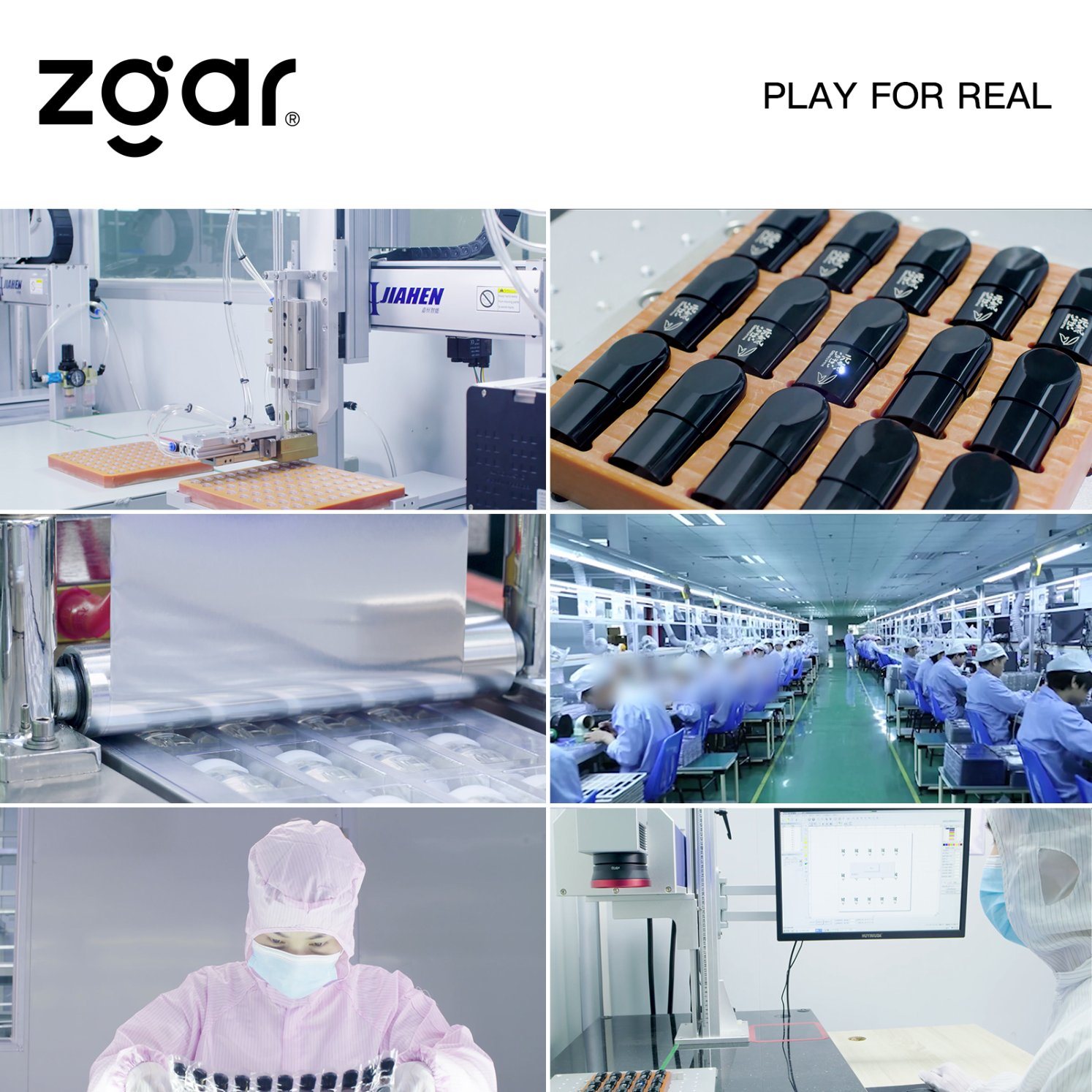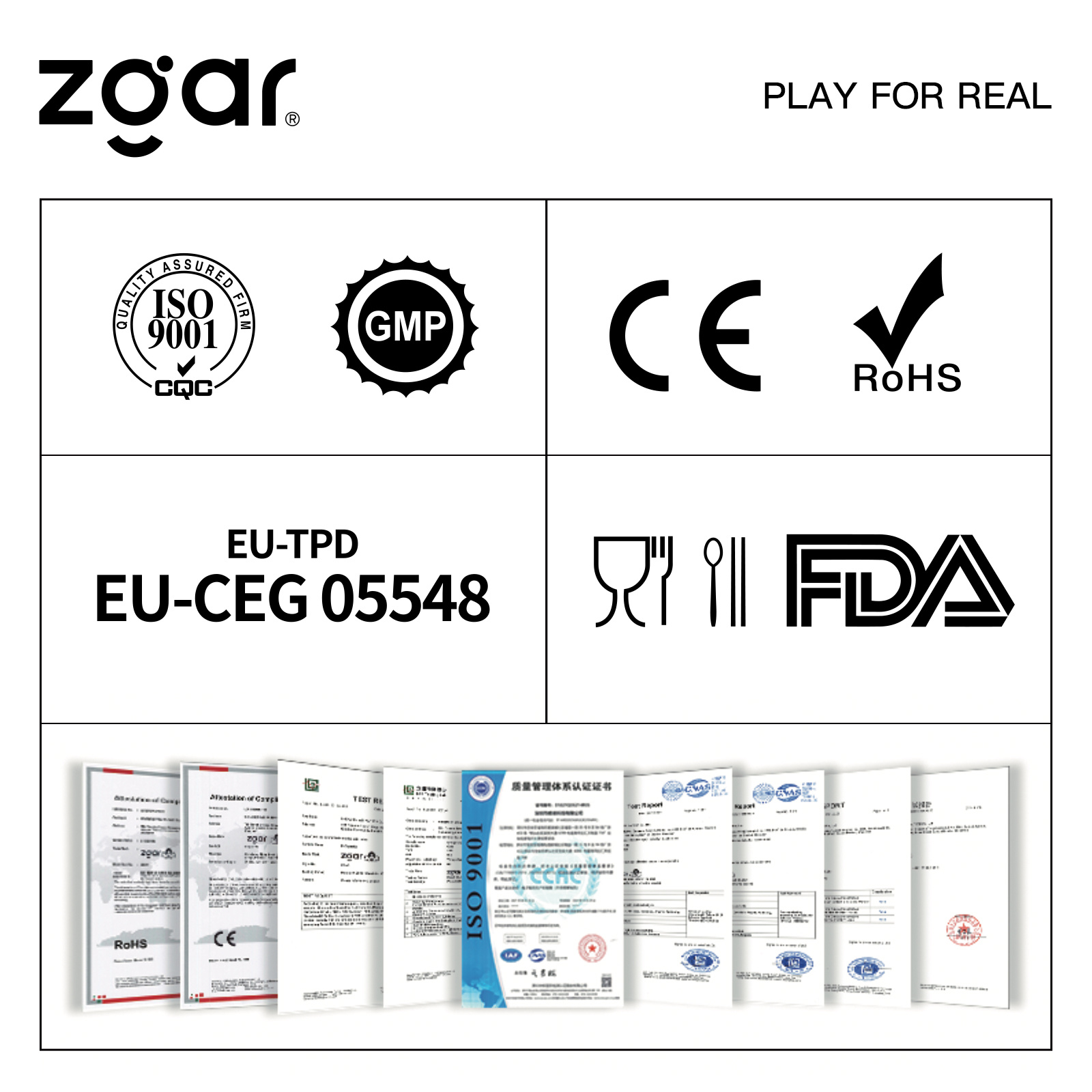Careful and effective blending of blue, green, yellow and red LEDs can produce ultra-efficient white light sources.
Richard Stevenson / Sandia National Laboratory Researcher
The efficiency of white LEDs is rising at a rapid rate. In 2004, engineers were proud to be asked about 350 lm/W at 350 mA, but today's research record exceeds 130 lm/W.
This illumination efficiency is almost twice that of compact fluorescents, and white LEDs that are up to 10 times more powerful than incandescent have been positioned for general lighting applications. However, further improvements can enhance the performance of solid state lighting equipment while actually saving energy and reducing lighting costs.
Unfortunately, the performance improvement space left by conventional white LEDs is shrinking, and the process of converting blue or ultraviolet light on a chip to yellow light via down-converting phosphors wastes energy and limits device performance. For example, Nichia estimates that the maximum theoretical power of a blue-excited phosphor is 263 lm/W, but only a 203 lm/W equivalent source of ultraviolet light.
According to Jeffrey Tsao and colleagues at Sandia National Laboratories, higher power can be achieved by changing the basic architecture of LEDs. The team has shown that four different wavelengths of LEDs can be carefully selected by color mixing. The theoretical power of a color rendering index (CRI) of 90 can exceed 400 lm/W at Tsao. Tsao says that the CRI value is 90 is the best, and can meet all the real white light applications.
At first glance, all device performance seems very encouraging, but Tsao clearly pointed out that there is no shortcut to achieve this performance goal. In the initial research, the device needs nearly 100% of the optoelectronics to get near-theoretical power. Conversion performance. Although it is possible to produce an 80% efficient infrared laser, Tsao chose two wavelengths at 530 nm and 573 nm that fall within a relatively poor performance range. It is called the "green gap" and the best LEDs. In this spectral range it is not possible to show the best efficiency (see Figure 1).
Figure 1: At present, the greenest LED is quite inefficient. If it is to be used in a super-efficient white light source in a mixed color, it is necessary to substantially improve the performance of these devices.
Obviously, it is necessary to substantially improve the green-gap LED performance. The first step toward this goal includes a clear understanding of the reasons for hindering the output of the device. This issue is a controversial hot topic among the scientific community. And Tsao speculates that various types of defects may play a certain role.
These devices in InGaN/GaN epilayers (and their Blu-ray devices) are fabricated on foreign substrates (such as sapphire and SiC substrates), and these substrates generate strain. And a high Threading Dislocation (TD) density, while a typical TD density range is between 5 × 108 and 5 × 109 cm–2. Regardless of these high defect densities, InGaN LEDs can produce external quantum efficiencies of up to 70%. However, there is some evidence that these defects still limit quantum performance: Cathodoluminescence studies have revealed through-dislocation structures ( TDs) do not illuminate. When all calculations indicate that screw dislocations induce strain fields, they limit one of the carriers and limit their recombination in a radiative manner.
In addition, point defects (such as gallium and nitrogen vacancies and carbon and oxygen impurities) act as non-luminescence recombination centers, and GaN positron annihilation studies show known defects and gallium vacancies. Binding limits the efficiency of light excitation. Point-like defects at lower long film temperatures become more common (this is the process environment required for high-intensity indium components to make green and yellow LEDs), which are missing at longer wavelengths of illumination. Limiting will reduce the efficiency of the LED.
The green and yellow LED efficiency is also affected by the intrinsic polarization fields, which become stronger with higher indium concentration, and the polarization can help the illuminating position. Red-shift is generated, but this benefit is offset by internal electric field carrier-induced screening at higher drive currents, which means that the wavelength of the light changes with temperature, which is color The main obstacle to the hybrid approach.
Promising approaches to overcome related polarization problems include growing the device on a non-polar plane of GaN, but research in this area is still in its infancy, but researchers at the University of California, Santa Barbara, have been in the past. Years have led to a significant increase in efficiency, and the external quantum efficiency of the devices produced can reach 45%; even if these values ​​can be substantially improved, the problem of wafer size still exists. These developments on Mitsubishi Chemical's 1 cm2 substrate are still not clear whether this particular process can scale the LED product to the larger diameter required.
An InGaN template in which an InGaN layer is formed on another material (for example, a sapphire substrate) can also be provided as a substrate for a bright green LED. Compared with traditional LED lamps, this material system can eliminate the problem of intrinsic polarization fields as much as possible, and the US compound semiconductor substrate manufacturer Technologies and Devices International of Silver Springs (MD) also provides 2 British diameter substrate sample.
However, Tsao said another latent problem: "There is a red gap problem in addition to the green gap." Most AlInGaP compounds deposited on top of GaAs will generally approach this level of the spectrum. In the deep red spectrum, the internal quantum efficiency of the material is estimated to be almost 100%, but the performance of the orange-red emission wavelength (in the shorter wavelength spectrum, such as 614 nm) in the ideal white light source is rapidly degraded.
Tsao believes that red light gaps may be more difficult to solve than green light gaps. In high-concentration aluminum atoms, the material systems used in these devices have indirect bandgap, and this The indirect valleys of the compounds removed by the intersection will begin to be occupied by the carriers. Magnesium-doped layers are also suffering from leakage problems in high-concentration aluminum components (this problem reduces internal efficiency); resulting in lower power output at higher device temperatures (this is related to high-power LEDs), and emission wavelengths Will change with temperature.
According to Tsao's research, such a great idea to solve the problems encountered above is very limited (if there is room for improvement). However, he believes that a more radical approach may be able to break through this development. One possibility is to create a hybrid system that connects AlInGaP with wide-bandgap materials, and another method is to use InGaPN LEDs. Developed on the GaP substrate.
Figure 2: The high-power LEDs currently seen mainly use two material systems: InGaN (for blue and green) and AlGaInP (the red portion of the visible wavelength spectrum of the visible light spectrum). Advanced LEDs have an external quantum efficiency of about 50% at certain wavelengths (eg, 400 and 650 nm), but the performance of green and yellow light is poor. These data were taken from Lumileds (1) InGaN Flip Chip LEDs at 350 mA, (2) InGaN Vertical Film LEDs at 1 A, and (3) Patterned Substrates InGaN Traditional LEDs And (4) the inverted-inverted-pyramid AlGaInP LED.
Back to phosphor powder materials
In general, it would be difficult to substantially improve the LED performance of the 530, 573 and 614 nm illuminating regions. However, the combination of different chips and phosphors may make it possible to produce ultra-efficient white light sources. Tsao's explanation mentions: "If you can use the main semiconductor (such as InGaN) for green light, then you might use a phosphor as red light [with blue LED side by side]".
The above approach seems ridiculous when the motivation for the development of blue LEDs and yellow phosphors is to eliminate down-conversion losses. However, taking the green light chip and the red phosphor powder as an example, if the wavelength between the excitation source and the phosphor powder is only slightly different, the energy loss can be minimized.
Tsao and his colleagues have considered several different combinations of chips and phosphors and calculated 95% conversion efficiency and a small amount of Stokes down-conversion loss. With a combination of red and blue illuminants and a system with a wide illuminating wavelength, if the main illuminant has an efficiency of 80% and the red illuminating position is at 615 nm, the overall efficiency of the green phosphor can reach 70% (286). Lm/W), but if the source wavelength exceeds 626 nm, the primary semiconductor must have 90% efficiency to achieve the same overall efficiency.
The motivation and purpose of all is to substantially improve the LED technology to produce ultra-high-performance white light sources, regardless of whether they are based on different color LED combinations or a mixture of LEDs and phosphors. In addition to improving the properties of the material itself, new device designs are also needed to improve the extraction efficiency. The reward behind the results of these efforts is the biggest source of power, but the road to such high performance seems to be quite long and arduous.
additional materials
JM Philips et al. 2007 Laser and Photonics Review 1 307.
ZGAR AZ Bingo Vape
ZGAR electronic cigarette uses high-tech R&D, food grade disposable pod device and high-quality raw material. All package designs are Original IP. Our designer team is from Hong Kong. We have very high requirements for product quality, flavors taste and packaging design. The E-liquid is imported, materials are food grade, and assembly plant is medical-grade dust-free workshops.
Our products include disposable e-cigarettes, rechargeable e-cigarettes, rechargreable disposable vape pen, and various of flavors of cigarette cartridges. From 600puffs to 5000puffs, ZGAR bar Disposable offer high-tech R&D, E-cigarette improves battery capacity, We offer various of flavors and support customization. And printing designs can be customized. We have our own professional team and competitive quotations for any OEM or ODM works.
We supply OEM rechargeable disposable vape pen,OEM disposable electronic cigarette,ODM disposable vape pen,ODM disposable electronic cigarette,OEM/ODM vape pen e-cigarette,OEM/ODM atomizer device.


ZGAR AZ Bingo Vape Disposable Vapes,ZGAR AZ Bingo Vape disposable electronic cigarette, ZGAR bingo vape pen atomizer ,ZGAR AZ Bingo Vape E-cig,AZ Bingo Vape disposable electronic cigarette,disposable vape,zgar bingo box
ZGAR INTERNATIONAL(HK)CO., LIMITED , https://www.zgarecigarette.com
![<?echo $_SERVER['SERVER_NAME'];?>](/template/twentyseventeen/skin/images/header.jpg)